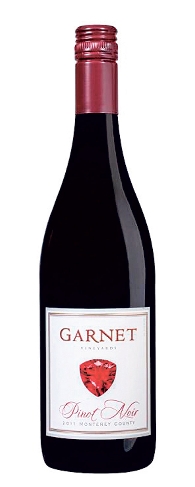The Sweet Truth About Dessert Wines
When was the last time you had a dessert wine at dinner?
This is not a rhetorical question.
I must admit that I also skip dessert wines, maybe even dessert as a whole the large majority of the time when I am dining out.
My habits may not be the same as the majority, but I do suspect some reasons why that may hold true for many.
vino_2
First and foremost, I think that wine drinkers need to be conscientious about how much they drink.
I think there is parallel between caloric and alcoholic intake. We have to consider the amounts that we take if for the good of our body. Just as we calculate how many calories are in that crème brulee or chocolate soufflé, we think about just how much wine we already have consumed through the meal before deciding if we can fit more into our systems.
It is that extra plate of food that can push us into the “uncomfortable zone” of fullness, just as that extra glass of wine can push us into the dangerous level of inebriation.
A few more calories should not be deadly, but when we are talking about alcohol, that is a different story.
I also think that wines in general are sweeter than before. The “dry” Chardonnays and Cabernets actually have a touch more residual sugar in them than was normal a decade ago.
This is especially true for the red wine “meritage” or red “blends” that are currently on the market.
When you taste these wines, they have a perceptible sweetness to them. There are more “sweet” red wines available today than I can remember.
Even many Chardonnays, Pinot Gris and white blends have more perceptible sweetness. This is certainly a trend for wine drinkers today, but it is nothing new.
Before the turn of the 20th century, most Champagne was made sweet. Dryer styles became more en vogue thereafter. Interestingly, it is much easier to hide faults in a wine that has some residual sugar than in a wine that is completely dry. This additional sweetness in wines can actually dull our palates and satiate our desire for sweets.
For those who drink these styles of wine, having a last glass of something that is even sweeter at the end of a meal is overkill, and anathema to the reason why you drink a slightly sweet wine through the meal.
Lastly, the variety of sweet wines in the world is amazing. Sweet wines are made everywhere, Hawaii included. But when you take a look at the wine list or at the availability of wines by the glass, how many do you see? Maybe six to eight on the list, if you are lucky, and perhaps two by the glass. A dozen dessert wines on a wine list is a veritable smorgasbord, and having more than five dessert wines by the glass is like a cornucopia. Our choices are limited. But having worked in restaurants, I understand the simple fact that dessert wine sales just do not justify carrying so much for inventory. So which comes first? The chicken or the egg? The supply or the demand?
There are some amazing dessert wines. Many of them are some of the rarest and most complex wines in the world. Just make sure to save room for dessert.
Recommendations: 2010 Brewer-Clifton Santa Rita Hills Chardonnay ($35) I find this to be quite elegant and balanced. It has beautiful fruit with a note of minerals, framed with a nice vanillin. This wine shows restraint without being wimpy. It’s delicious. 2011 Garnet Pinot Noir Monterey ($12) Hello, Pinot Noir drinkers, you will want to take notice. This Pinot Noir is more than varietally correct, it has a juicy fruit core with cherries galore along with floral notes and a silky texture. A great value!
Roberto Viernes is a master sommelier. Email rviernes@southernwine.co m or follow him on Twitter






